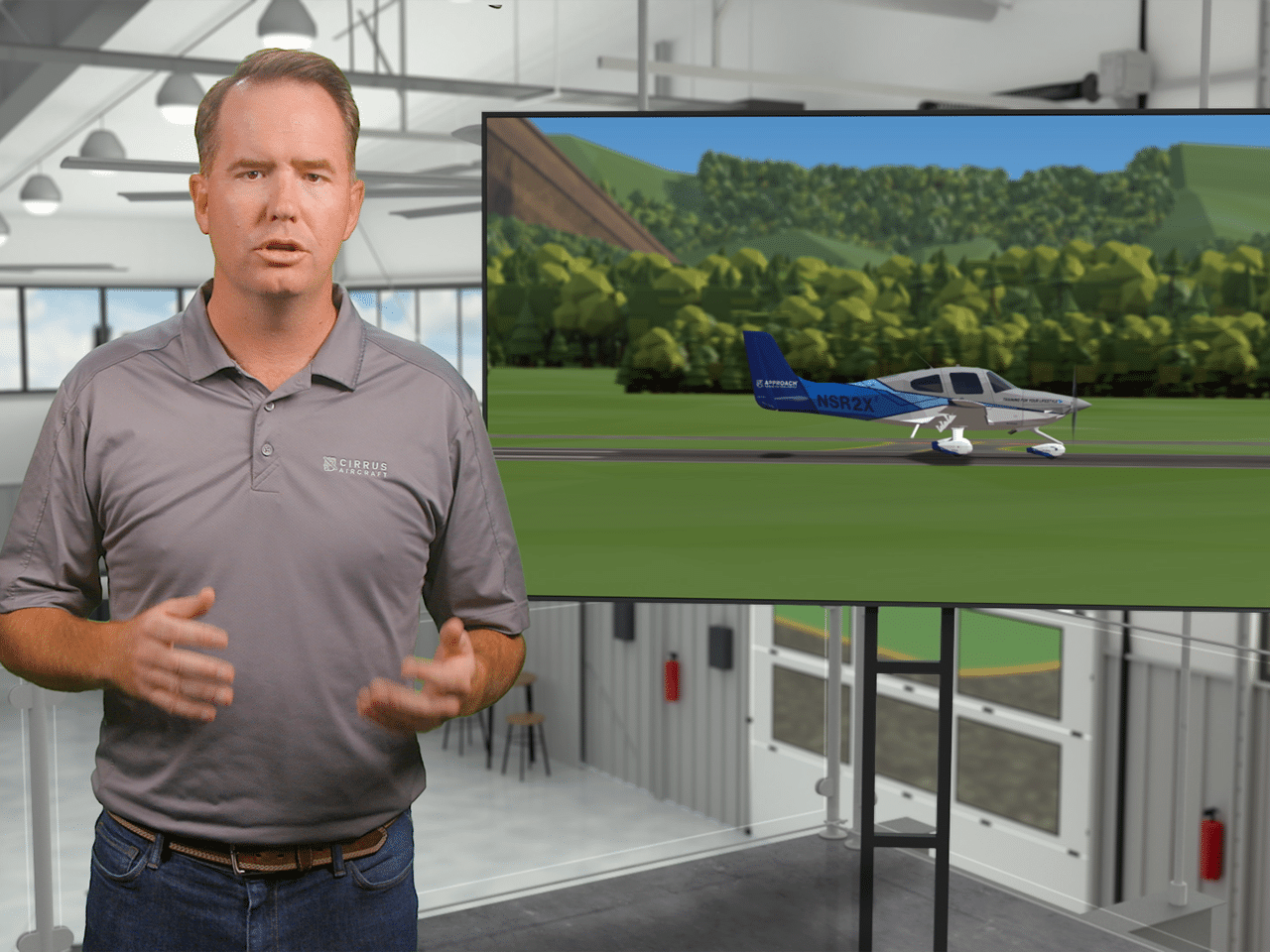Visionary
Flight Training
& Education
What is the Cirrus Approach to Flight Training?
We believe in creating competent and safe pilots and accomplish this by providing both online and in-person flight training solutions designed by the same experts who designed one of the safest aircraft in the aviation industry.
Choose your flight path to learn more…
The Cirrus Approach:
Online + Onsite Learning
We have found that combining digital learning with hands on experience creates safer and more confident pilots. This allows your flight training to be flexible but thorough.
Create an AccountAT CIRRUS, LEARNING IS A LIFESTYLE

Engaging Content
ONLINE
• Complete training on your own schedule
• Wide range of topics for new or experienced pilots
• Available at home or on the go on your mobile device
• Earn Badges, Certificates and more…

Dedicated Training Partners
ONSITE
• Factory Training Centers located in TN, TX, FL and AZ
• 800+ Global Training Partners
• Cirrus certified instructors
Featured Programs & Courses
Or visit the Cirrus Approach online catalog to view all our available courses.
LEVEL UP
Our global network of flight training professionals are personally trained and evaluated by our team to ensure a factory-level experience.
Ready to Begin Training?
Choose from 4 factory training facilities, 800+ Cirrus Training Centers and Cirrus Standardized Instructor Pilots, who have all been certified by Cirrus to deliver the highest standard of training to you.
EXCELLENCE ON THE GROUND AND IN THE SKY
At Cirrus Approach, we are committed to improving and educating all Cirrus pilots no matter where they are in their aviation journey.